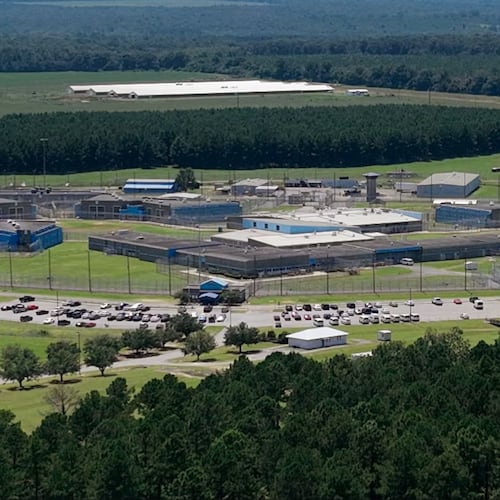NASA officials on Tuesday said they believe the agency will be able to put humans on Mars within 25 years, though there are still numerous challenges to overcome.
» RELATED: Robotic bees on Mars? NASA's newest plan for the Red Planet
The agency zeroed in on potential hurdles, including deadly radiation, possible vision loss or atrophying bones, according to Al Jazeera.
“The cost of solving those means that under current budgets, or slightly expanded budgets, it's going to take about 25 years to solve those,” former NASA astronaut Tom Jones told reporters. “We need to get started now on certain key technologies.”
With today’s equipment and rocket technology, astronauts would face immense physical tolls journeying to Mars, which would involve spending up to nine months in zero gravity.
» RELATED: NASA tests parachute that might one day be used on Mars
According to Al Jazeera, "scientists think prolonged weightlessness can cause irreversible changes to blood vessels in the retina, leading to vision degradation. And after a while in zero gravity, the skeleton starts to leach calcium and bone mass.
With gravity only one-third of Earth's, scientists don't yet know the effects of a presumed one-year mission to the surface of Mars.”
But Jones said investing in better technologies now may ready the agency to improve both travel times and the physical tolls on the human body.
» RELATED: 'Building blocks of life' found on Mars, NASA reveals in new Curiosity rover announcement
NASA is currently involved in a $993 million project to expand human knowledge about the conditions on Mars. The project involves the robotic lander Insight, which took off from California on May 5 and is expected to land on the Red Planet on Nov. 26.
The agency is inviting viewers everywhere to tune in to the Mars landing. An uninterrupted live feed will be available at nasa.gov/ntc and on NASA's Jet Propulsion Laboratory YouTube channel starting at 2 p.m.
About the Author
Keep Reading
The Latest
Featured


